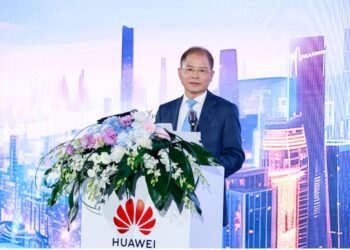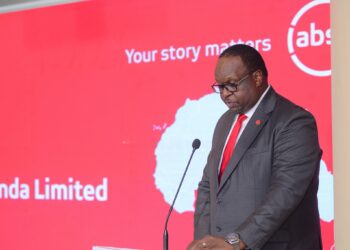Huawei has released its 4G/5G Fixed Wireless Access (FWA) Broadband Whitepaper, which outlines how fixed wireless can bring broadband to all.
According to Huawei, the high speeds and large capacity of 4G and 5G connectivity have made it possible to offer a Gbps broadband experience by utilising wireless networks, rather than requiring copper or fibre networks.
Thanks to advances in FWA technology, those who previously did not have access to digital services can now access connectivity up to 10Mbps.
This is due to FWA lowering the barrier of entry to connectivity by drastically reducing costs when compared to fixed or mobile broadband.
FWA can also offer alternatives to copper-based broadband solutions, such as ADSL, by offering an average rate of 10-20Mbps at affordable prices and without the requirement of copper installations.
Those who want fibre-like connectivity, but can’t access fibre in their area, can also use fixed wireless to attain speeds of 50-100 Mbps during busy hours.
4G FWA solutions such as those mentioned above are already being used in over 120 countries and across 230 networks, servicing 100 million global households – and these numbers will continue to rise.
While FWA services using 4G are well established, 5G FWA is a way to full-scale 5G deployments. 5G will take FWA to the next level, enabling various modern technologies, as well as those that will inevitably be released in the future – including smart homes, 4K, and AR/VR services.
5G will also offer businesses improved connectivity, enabling them to streamline their practices and lower their expenses.
Bringing connectivity to new locations
According to a recent ITU report, 50% of the world’s population will still not have access to the Internet by the end of 2019.
Developing nations also tend to have significantly slower connection speeds than developed countries, with broadband speeds failing to pass 10Mbps in some countries.
However, ever-improving wireless technologies can help to improve the reach and reliability of Internet connections in these nations.
The implementation of wireless fibre in such countries brings with it a series of benefits:
• Wireless broadband can bring coverage to over 90% of a developing country’s population – including urban and rural areas.
• 4.5G and 5G offer a fibre-like experience, with improved speeds and reliability.
• Wireless broadband allows for the speedy deployment of connectivity, as there is no need to dig trenches and install cables.
• Developing wireless broadband infrastructure enables a smooth transition to 5G due to the installation of compatible network hardware.
Implication for Africa
Fixed wireless access has emerged as one of the most significant growth drivers around the world, as explosive user growth is seen in both developed markets as well as Emerging countries like South Africa. Many believe that eventually 5G FWA will have a significant impact on fixed broadband just as 2G had on fixed voice more than 20 years ago.
Fixed broadband subscriptions in Sub Saharan Africa are estimated to be 6.6 million in 2018. This market can grow by up to three-fold by 2023 according to Ovum, a London based global technology research and advisory firm.
According to Ovum’s research released in the beginning of this year, there will be strong demand and rapid market growth for home broadband in sub Saharan Africa in the coming 5 years. The number of broadband subscriptions in SSA will increase from 7.5 million in 2019 to 17 million in 2023.
In addition, the research forecasts Africa will record the highest growth in enterprise fixed broadband subscriptions between 2018 and 2022, with a CAGR of 7.27%, compared to 5.75% and 3.31% for Central and Southern Asia and Eastern Europe, respectively.
4G/5G FWA solution can addresses the connection of millions of households and enterprises currently unconnected, as well as the upgrade of 2.5 million households from low speed DSL to high speed broadband services. Case in point, according to a financial report issued by Telkom in South Africa, its WTTx new subscriber base increased by 340 thousand in the fiscal year 2018, beating 35 thousand new fibre users.
Do you have a story in your community or an opinion to share with us: Email us at editorial@watchdoguganda.com








